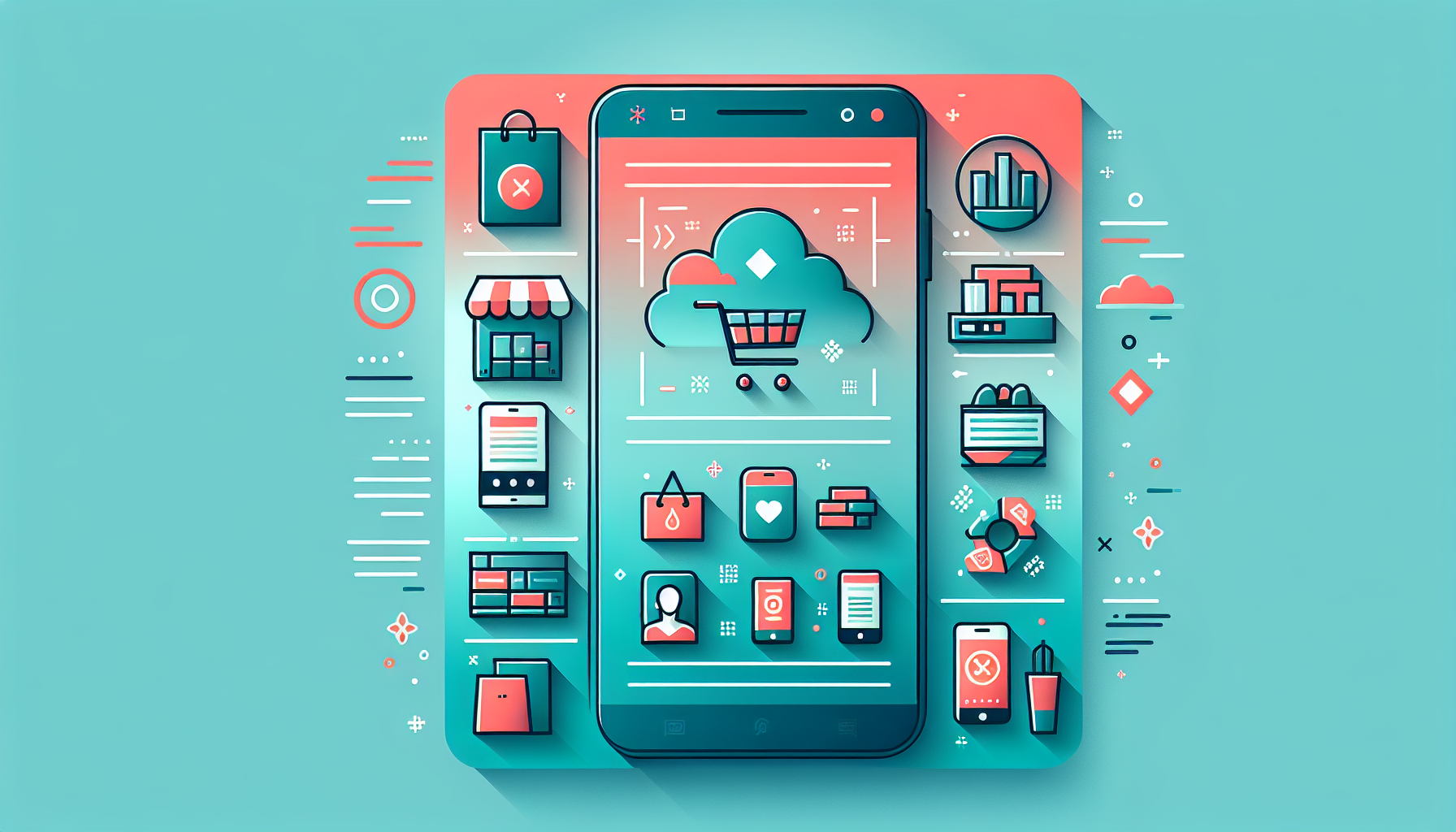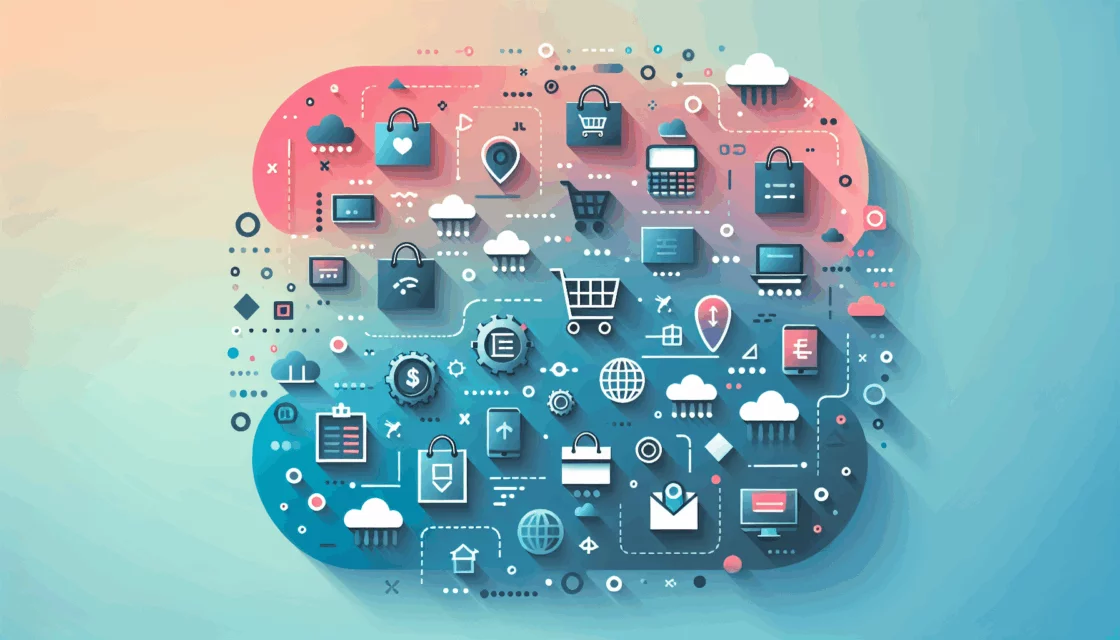
In today’s fast-paced retail landscape, achieving omnichannel retail success is no longer a choice but a necessity. With consumers seamlessly switching between online and offline channels, businesses need a unified platform that integrates all touchpoints to deliver consistent, personalized experiences. One such solution is the Shopify POS system, which has revolutionized how retailers manage their omnichannel operations. In this comprehensive guide, we’ll explore how Shopify POS helps businesses achieve true omnichannel success and look at real-world examples of retailers who have transformed their operations using this powerful tool.
The Power of Omnichannel Retailing
Omnichannel retailing involves creating a seamless shopping experience across all channels, ensuring that customers can move effortlessly between online platforms, physical stores, and mobile apps without losing transaction context. This approach not only enhances customer satisfaction but also boosts sales and brand loyalty.
Understanding Shopify POS
Shopify POS is a cloud-based point-of-sale system designed to unify both in-store and online sales channels. It offers features like centralized inventory tracking, omnichannel coordination, robust reporting, and secure payment processing, making it a one-stop solution for retailers aiming to integrate their brick-and-mortar and digital storefronts. By leveraging Shopify POS, retailers can:
- Centralize Inventory Management: Manage inventory across all channels in real-time, ensuring accuracy and visibility.
- Enhance Customer Experience: Provide personalized interactions using customer purchase history and preferences across channels.
- Streamline Operations: Automate tasks and reduce errors by syncing data between physical and digital stores.
Real-World Examples
Several brands have successfully leveraged Shopify POS to transform their retail strategies. For instance, Tecovas, a Western wear brand, uses custom POS extensions to handle complex transactions smoothly. Another example is BYLT Basics, which scaled rapidly by integrating their physical and digital channels through Shopify, achieving 400% growth in their Women’s category.
Key Features of Shopify POS
Shopify POS offers several key features that contribute to its effectiveness in enhancing omnichannel retail strategies:
Centralized Catalogue Management
This feature ensures that product details, such as pricing, inventory levels, descriptions, and imagery, are synchronized across all channels. For retailers like RUDSAK, which previously struggled with disconnected customer data, Shopify POS has enabled them to access comprehensive customer profiles, enhancing personalized interactions and fostering loyalty.
Coordinated Promotions and Inventory Fulfillment
Shopify POS allows retailers to run promotions consistently across channels and manage inventory fulfillment seamlessly. This means a purchase in-store can be easily fulfilled from online warehouse stock, optimizing inventory use and customer satisfaction. Brands like Monos have seen significant revenue growth by leveraging these features.
Unified Data Analytics
By aggregating data from all channels into a single backend, Shopify POS provides a unified view of business performance. This empowers retailers with actionable insights into channel-specific customer behaviors, real-time sales reporting, and inventory levels. Such data-driven decision-making is crucial for optimizing operations and maximizing profitability.
Implementing Shopify POS for Omnichannel Success
To achieve omnichannel retail success with Shopify POS, businesses should follow these strategies:
Step-by-Step Implementation Guide
- Assess Current Infrastructure: Evaluate your existing POS systems and ecommerce platforms to identify integration opportunities.
- Set Up Shopify POS: Deploy Shopify POS in-store and connect it to your existing Shopify ecommerce platform for seamless integration.
- Train Staff: Educate staff on using the new POS system to access customer profiles and manage inventory effectively.
- Monitor and Optimize: Continuously monitor performance metrics and adjust strategies as needed to enhance customer experiences and operational efficiency.
Personalization and Clienteling
Using Shopify POS, retailers can enhance clienteling by providing store associates with comprehensive customer insights. For example, when a customer visits a store, staff can view their purchase history and preferences to offer personalized recommendations, such as suggesting matching socks or shorts for someone who bought running shoes. Brands like Venus et Fleur have implemented similar strategies to enhance customer engagement.
Leveraging Unified Commerce Platforms
Unified commerce platforms like Shopify POS help retailers manage all sales channels from a single system, reducing complexity and costs. By integrating POS, ecommerce, marketplaces, and social channels, brands like Weebot have streamlined operations, improving efficiency by up to 50% and enhancing customer satisfaction.
Case Studies: Real-World Evidence
Several retailers have seen significant improvements in their business by implementing Shopify POS:
- Aje: Enhanced customer experiences by integrating in-store and online data, leading to a 135% increase in conversion rates.
- Filling Pieces: Achieved a 25% increase in average order value and ninefold increase in staff training efficiency after unifying operations.
- Oz Hair and Beauty: Grew revenue by nearly 500% year-over-year by expanding their retail network using Shopify POS.
These examples illustrate how Shopify POS can be a game-changer for retailers seeking to transform their operations and achieve omnichannel success.
Additional Resources for Retail Success
For businesses looking to expand their ecommerce platforms, integrating solutions like Kinsta for hosting can provide scalable and reliable support, essential for handling high traffic and ensuring seamless site performance. Visit the Kinsta page to explore how it can enhance your ecommerce infrastructure.
Additionally, for more insights into boosting your online presence, consider visiting Belov Digital Agency’s blog, which offers expert advice on web development and digital marketing strategies.
To further enhance your technical capabilities, you might explore resources like W3Schools for frontend development tips or visit MDN Web Docs for comprehensive developer guides.
Lastly, if you have questions about how to implement Shopify POS or need assistance with your website’s design and functionality, don’t hesitate to reach out via our contact page.
Conclusion
In conclusion, achieving omnichannel retail success requires a robust and integrated platform like Shopify POS. By centralizing operations, enhancing customer experiences, and leveraging data analytics, retailers can significantly boost profitability and customer loyalty. As the retail landscape continues to evolve, embracing unified commerce solutions will be key to staying ahead of the curve. Whether you’re a small startup or an established brand, Shopify POS offers the flexibility and scalability needed to thrive in today’s omnichannel environment.
For more tailored advice on how to optimize your retail operations with Shopify POS, Belov Digital Agency is here to guide you through the process, from initial setup to ongoing strategy optimization. Dive into the world of omnichannel retail and unlock new opportunities for growth and customer satisfaction.













